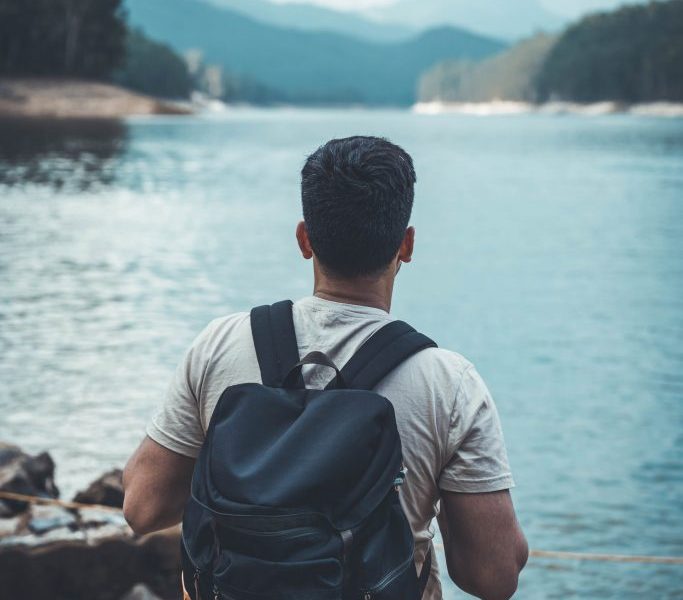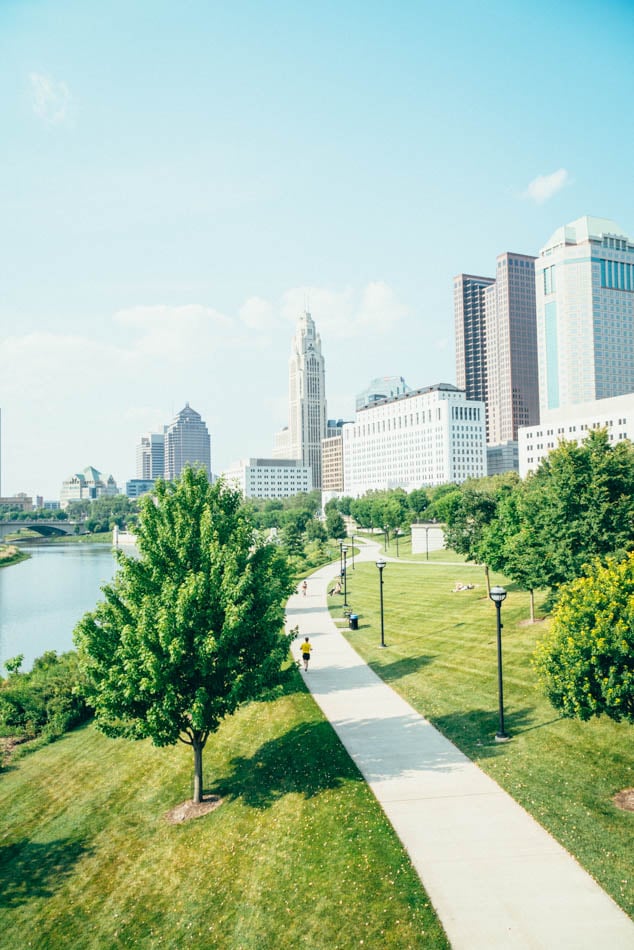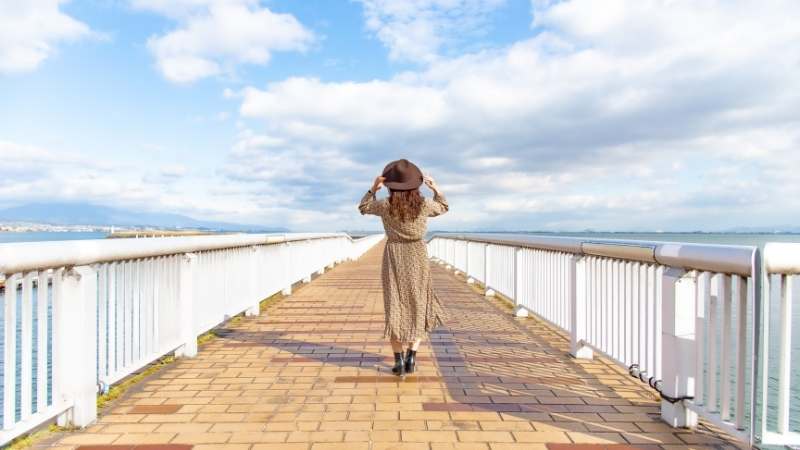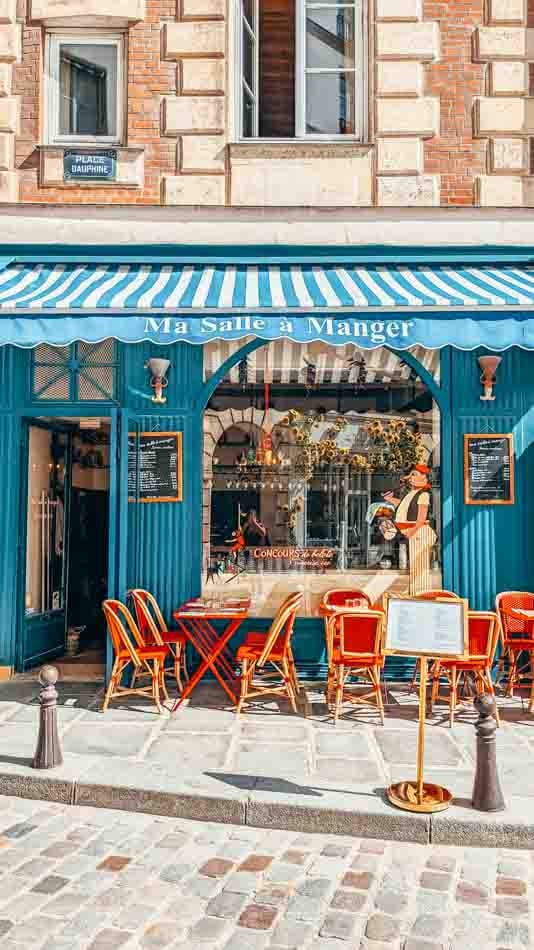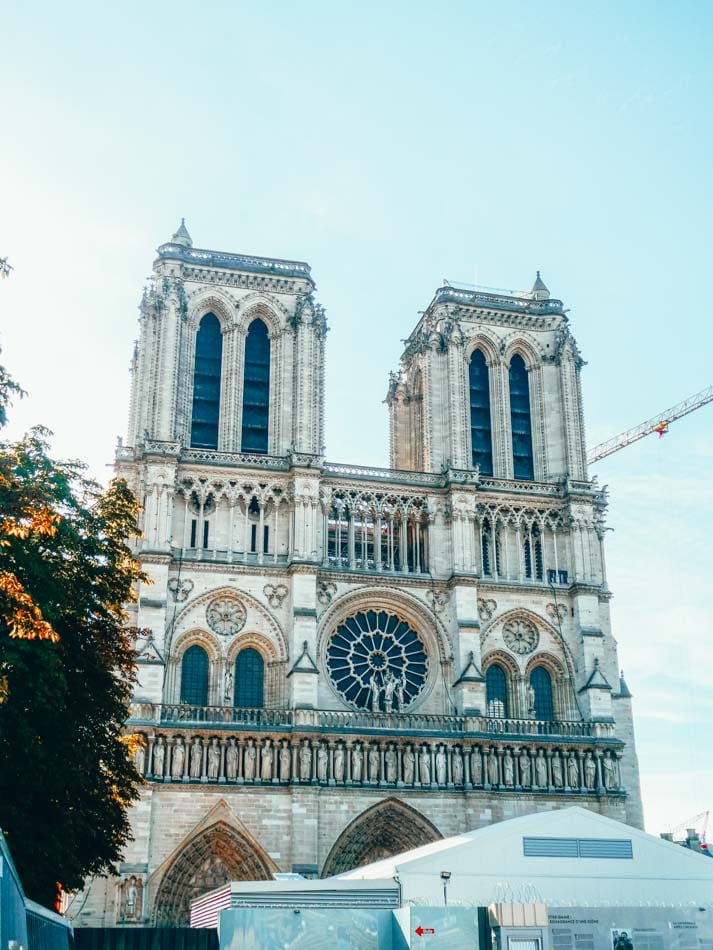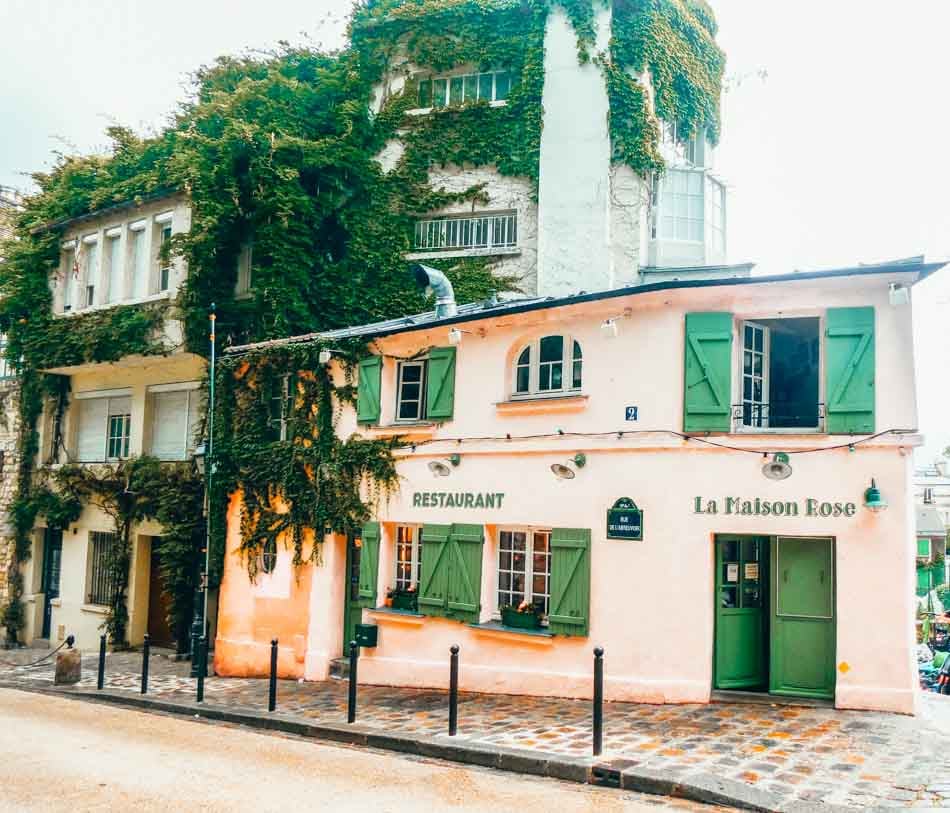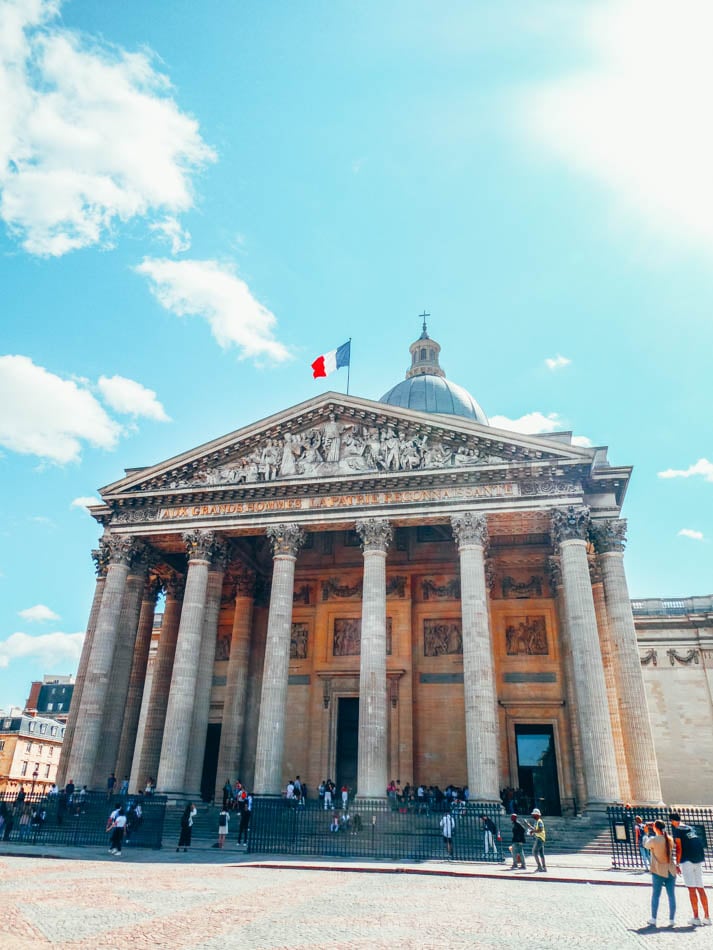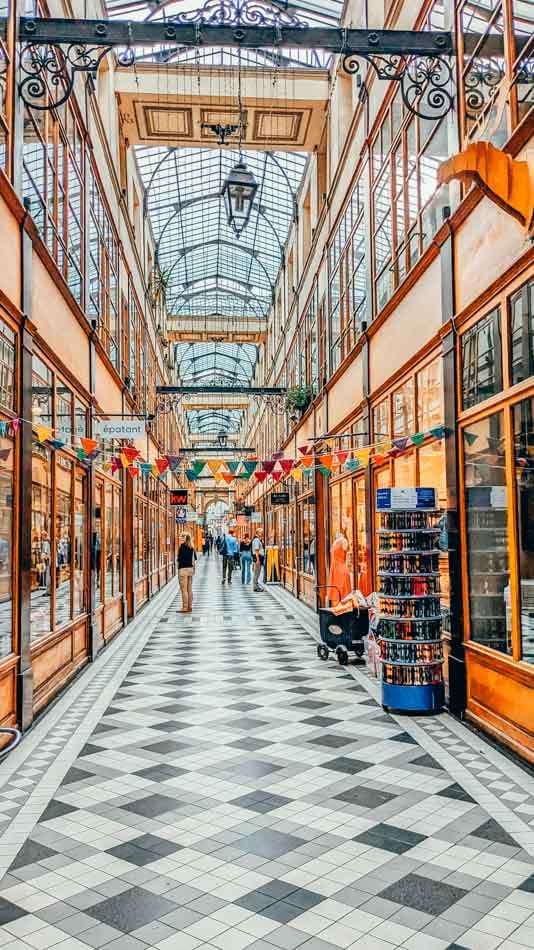The Gender Lens on Solo Travel
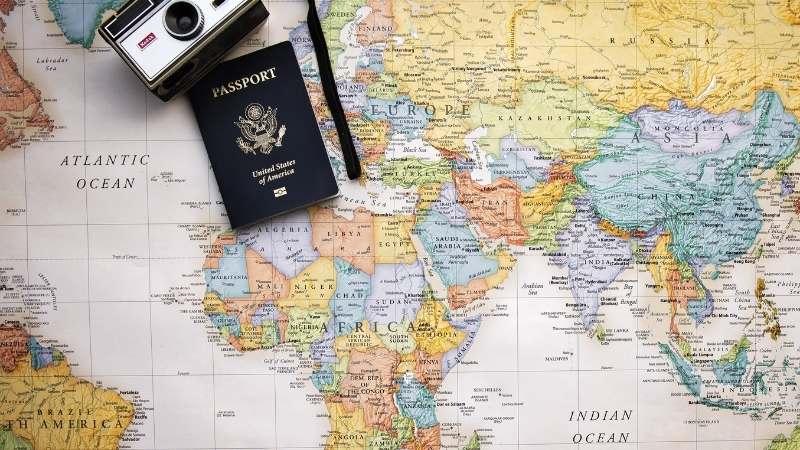
As I embarked on my own solo travel journey, I couldn’t help but marvel at the incredible experiences and personal growth that awaited me. Whether you’re a senior seeking independence in your golden years or a student eager to broaden horizons, exploring life’s journey alone offers something unique for everyone.
Join me as we delve into the world of solo travel for every age demographic, uncovering the benefits, challenges, and invaluable lessons that come with venturing out on our own.
Key Takeaways
- Solo travel offers opportunities for self-discovery, personal growth, and reflection at every age stage.
- It provides freedom, flexibility, and the chance to explore at one’s own pace for both seniors and retirees.
- Young adults and students can benefit from solo travel by gaining independence, confidence, and valuable life skills.
- Mid-life adventurers can take a break from routine, discover new hobbies and interests, and find inspiration for new goals and aspirations.
Solo Travel for Seniors: Embracing Independence and Adventure in the Golden Years
As a senior, you’ll find that solo travel offers an incredible opportunity to embrace independence and adventure during your golden years. It’s a chance to break away from the routines and responsibilities of everyday life and indulge in new experiences.
You can explore exotic destinations, immerse yourself in different cultures, and create memories that will last a lifetime. But what makes solo travel for seniors truly unique is the sense of empowerment it brings. It’s about proving to yourself that age is just a number and that you are capable of navigating the world on your own terms.
So pack your bags, step out of your comfort zone, and embark on this exciting journey of self-discovery.
And as we transition into discussing young adults and solo travel, remember that no matter what stage of life you’re in, traveling alone allows you to forge your own path and shape your own destiny.
Young Adults and Solo Travel: Navigating the World on Your Own Terms
Young adults can embrace the freedom and independence of solo travel, allowing them to navigate the world on their own terms. Here are three reasons why it’s an incredible experience:

-
Self-discovery: Traveling alone gives you the chance to truly get to know yourself. Without the influence of others, you can explore your interests, passions, and values in a way that is authentic to you.
-
Building confidence: Stepping out of your comfort zone and conquering new challenges on your own builds self-confidence like nothing else. From navigating foreign cities to making friends with fellow travelers, every small victory boosts your belief in yourself.
-
Creating lifelong memories: Solo travel allows you to create unforgettable experiences that will stay with you forever. Whether it’s exploring ancient ruins or getting lost in a bustling marketplace, these moments become cherished stories you can share for years to come.
As young adventurers, we have the opportunity to seize this exciting chapter of our lives and embark on solo journeys that shape us into who we want to be. And as we grow older, our thirst for exploration only intensifies…
Mid-Life Adventurers: Rediscovering Yourself Through Solo Travel
Rediscovering yourself through solo travel in mid-life can be a transformative experience. As someone who has embarked on this journey, I can attest to the profound impact it can have on your sense of self and purpose.
It’s a chance to step outside of your comfort zone, challenge yourself, and embrace new experiences.
For those of us in mid-life, solo travel offers an opportunity to reconnect with our passions and dreams that may have been put on hold during the busy years of raising a family or building a career. It allows us to reflect on our accomplishments and redefine what success means to us.

But it’s not just about self-discovery; it’s also about serving others. Through solo travel, we have the chance to connect with different cultures, lend a helping hand to those in need, and make a positive impact in the world.
Retirees: Embracing Freedom and Flexibility in Your Travel Journey
If you’re looking for a way to embrace freedom and flexibility in your travel journey as a retiree, solo travel can offer incredible opportunities for exploration and personal growth. As someone who has experienced the joys of traveling alone during my retirement years, I can attest to the transformative power it holds.
Here are three reasons why solo travel is perfect for retirees:
-
Rediscovering Yourself: Solo travel allows you to reconnect with your true passions and interests. Without the constraints of companions, you have the freedom to create an itinerary that aligns perfectly with your desires.
-
Flexibility: When you travel alone, you have complete control over your schedule. You can wake up when you want, visit attractions at your own pace, and indulge in spontaneous adventures without worrying about anyone else’s preferences.
-
Meeting New People: Contrary to popular belief, solo travelers often find it easier to connect with locals and fellow travelers. Without the comfort of familiar faces, retirees are more open to forming new friendships and engaging in meaningful conversations.
By embarking on a solo travel adventure as a retiree, you’ll broaden your horizons, gain confidence in navigating new places independently, and create cherished memories that will last a lifetime.
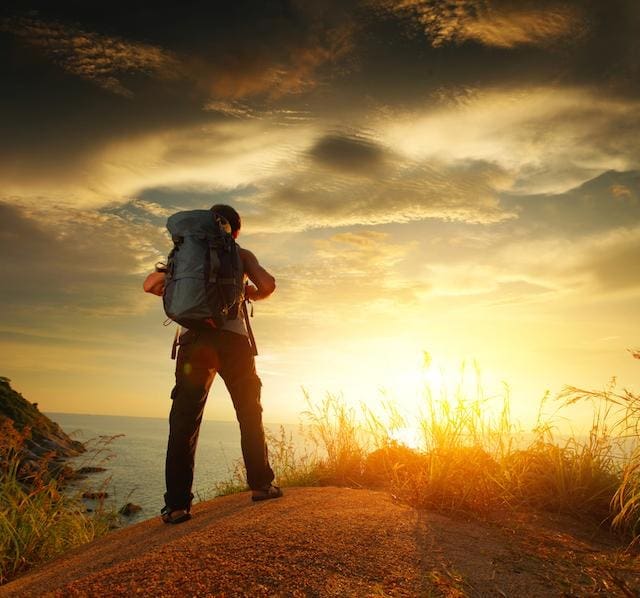
Now let’s explore how students can also benefit from solo travel by broadening their horizons and building confidence.
Students and Solo Travel: Broadening Horizons and Building Confidence
Solo travel has the potential to broaden horizons and build confidence for students, allowing us to explore new cultures and gain independence. As a student myself, I have found that embarking on solo adventures has been a transformative experience.
There’s something empowering about navigating unfamiliar cities, trying new foods, and meeting people from different backgrounds. It pushes us out of our comfort zones and helps us develop valuable life skills such as problem-solving and adaptability.
Additionally, solo travel fosters a sense of self-discovery and personal growth. We learn to rely on ourselves, make decisions independently, and embrace the unknown with open arms. It’s an opportunity to step outside the bubble of academia and immerse ourselves in real-world experiences that can shape our perspectives for years to come.
Exploring Life’s Journey Alone: The Benefits and Challenges for Every Age
As a student, solo travel opened my eyes to new cultures and perspectives. But what about other age groups? Well, whether you’re a young adult, retiree, or anything in between, exploring life’s journey alone can offer unique benefits and challenges at every stage.
-
Seniors: Solo travel for seniors can be a rejuvenating experience. It allows them to break free from routines and embrace newfound freedom. They can explore destinations they’ve always dreamed of visiting and create lasting memories on their own terms.
-
Mid-life adventurers: For those in their prime years, embarking on solo journeys can provide a much-needed break from responsibilities. It offers an opportunity for self-discovery, reflection, and personal growth.

-
Young adults: Exploring life’s journey alone during young adulthood fosters independence and builds confidence. It pushes boundaries and encourages stepping out of comfort zones, leading to valuable life lessons that shape future endeavors.
No matter your age or stage in life, embarking on solo travels presents both challenges and rewards that contribute to personal growth while serving others through rich experiences gained along the way.
Solo Travel Tips and Tricks: Making the Most of Your Adventures at Any Age
No matter your age or stage in life, embarking on solo travels offers valuable opportunities for personal growth and unforgettable experiences.
As someone who loves to serve others, I have found that solo travel allows me to push my limits and discover new ways to make a positive impact on the world. Whether it’s volunteering at a local community center or immersing myself in a different culture, there are endless ways to serve while traveling alone.
Plus, being on my own gives me the freedom to explore at my own pace and connect with people from all walks of life. From helping out at orphanages as a student to supporting sustainable tourism initiatives as a retiree, solo travel has taught me how powerful serving others can be no matter what age I am.
Frequently Asked Questions
How Can Solo Travel Benefit Seniors’ Physical and Mental Health?
Solo travel benefits seniors’ physical and mental health by promoting exercise, reducing stress, boosting cognitive function, and providing opportunities for social interaction. It allows us to explore new places, stay active, and rejuvenate our minds at any age.
What Are Some Safety Tips Specifically for Young Adults Who Are Traveling Alone?
As a young adult traveling solo, safety is paramount. One tip I swear by is to always trust your instincts – if something feels off, it probably is. Stay alert, blend in with the locals, and share your itinerary with someone you trust.
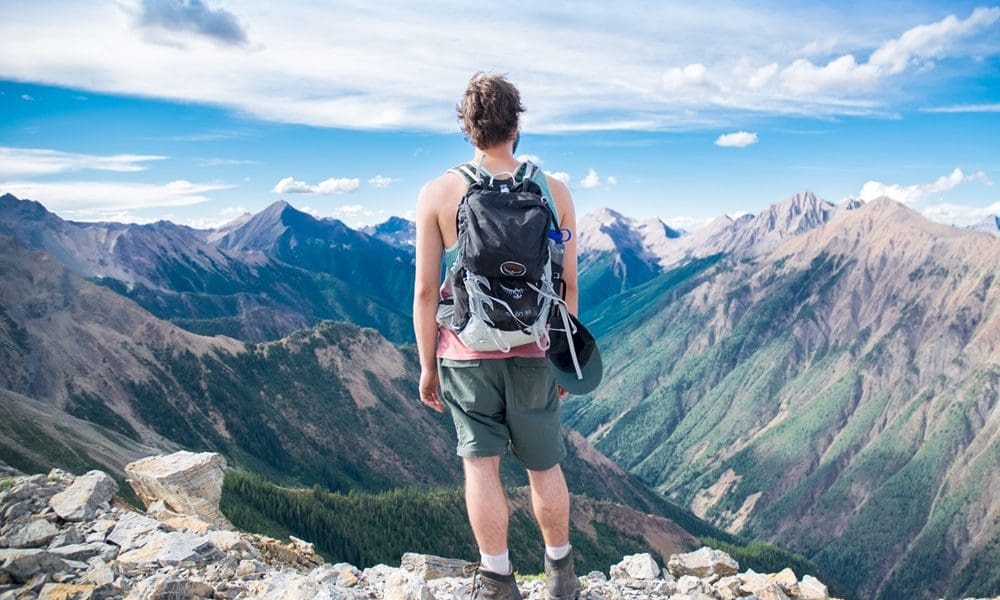
How Can Mid-Life Adventurers Balance Their Responsibilities at Home While Still Enjoying Solo Travel?
As a mid-life adventurer, I’ve found that balance is key. By planning ahead and prioritizing responsibilities at home, I’m able to carve out time for solo travel without neglecting my duties. It’s all about finding the right balance for you!
What Are Some Popular Destinations for Retirees Who Want to Explore the World on Their Own?
As a retiree exploring the world alone, popular destinations include Europe for its rich history and cultural diversity, Asia for its exotic landscapes and spiritual experiences, and South America for its vibrant culture and natural wonders.
How Can Solo Travel Enhance a Student’s Educational Experience?
Solo travel as a student opened my eyes to new cultures, expanded my knowledge, and fostered independence. Exploring historic sites, immersing in local traditions, and making friends from around the world enriched my educational experience like no other.

